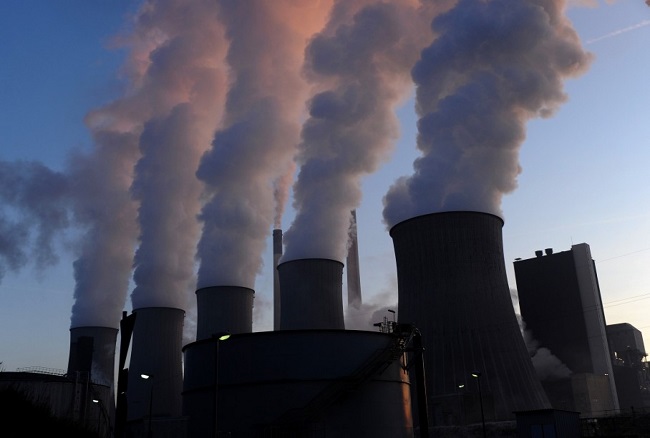The Washington Post Nov, 19: In its recently released 2014 World Energy Outlook, The Paris-based International Energy Agency revealed an annual data dump outlining where the world’s energy use patterns are heading in the future. The basic upshot is that planet Earth is definitely moving in a cleaner and greener direction — just not fast enough to save us from dangerous climate change.
First, the good news: In the future the IEA projects that global demand for the dirtiest fuel — coal — won’t grow nearly as quickly as it has in the past. In fact, coal demand will level off, IEA says, thanks largely to environmental policies being adopted around the world (including the US’s own Clean Power Use).
Overall coal use is expected to plateau and rise only very slowly after 2020. In this scenario, with coal use declining in the U.S., Europe, and China, India is actually expected to surpass the U.S. and become the second largest coal consumer toward the end of this decade.
Meanwhile, the IEA also projects a stunning growth in renewable sources of electricity — wind, solar, and hydropower in particular. By 2040, it expects renewables to power 33 percent of global energy demand, as opposed to the current 21 percent, even as subsidies to strengthen the growth of renewables begin to subside:
The report does note, however, that governments around the world are still subsidizing dirty fossil energy much more than they’re subsidizing renewables. As of 2013, reports IEA, world fossil fuel subsidies totaled $550 billion, four times the amount devoted to clean energy.
This partly explains why despite an overall greening of world energy patterns in the next 25 years, the IEA says we are going to miss climate goals and end up with quite a lot of warming (barring a very significant course correction). The agency cites “the failure to transform the energy system quickly enough to stem the rise in energy-related CO2 emissions (which grow by one-fifth to 2040) and put the world on a path consistent with a long-term global temperature increase of 2°C.” (It was not immediately clear how much the just announced US-China deal to jointly reduce greenhouse gas emissions changes this picture)
(Source: The Washington Post, Wonkblog)









